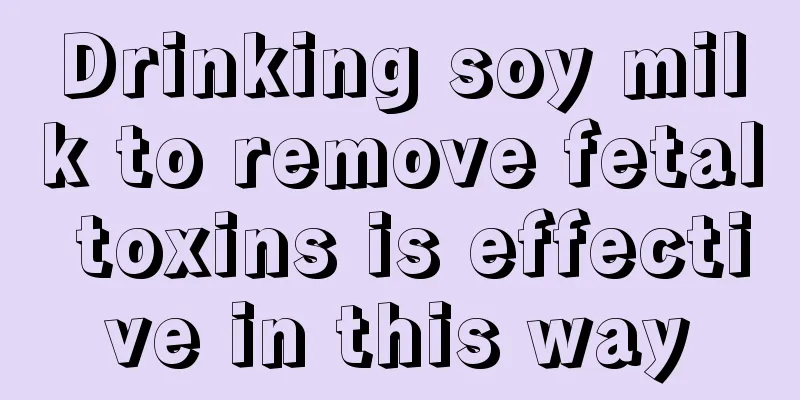The main components and functions of pancreatic juice

|
People may not be very familiar with the main components and functions of pancreatic juice. Pancreatic juice is also a component of digestion and plays an important role in the digestion and absorption of food. Sometimes when we eat pasta, we feel that it becomes sweeter the more we chew. This phenomenon is mainly because pancreatic amylase breaks down starch into maltose. Let's take a closer look at the main components and functions of pancreatic juice. Pancreatic juice generally refers to a colorless, odorless alkaline solution secreted by the exocrine part of the pancreas of the human body. The daily secretion of an adult is 1 to 2 liters. The inorganic substances in pancreatic juice are mainly water and bicarbonate. Bicarbonate is secreted by the wall cells of the pancreatic ductules. Its main function is to neutralize gastric acid entering the duodenum, provide the most suitable alkaline environment for the activity of various digestive enzymes in the small intestine, and protect the intestinal mucosa from acid erosion. The organic matter in pancreatic juice is a variety of digestive enzymes that can act on the three food components of sugar, fat and protein, making it the most important digestive juice. Pancreatic amylase breaks down starch into maltose, and pancreatic maltase breaks down maltose into glucose. Pancreatic lipase breaks down neutral fat into sugars 1. Water and HC03-: HC03- neutralizes gastric acid, protects the intestinal mucosa, and provides a suitable pH environment for digestive enzymes in the small intestine. 2. Proteolytic enzymes: The more important proteolytic enzymes in pancreatic juice are trypsin, chymotrypsin and carboxypeptidase. Trypsin and chymotrypsin can hydrolyze proteins into polypeptides of varying sizes, and carboxypeptidase can hydrolyze polypeptides into amino acids. Enterokinase in the small intestinal fluid can activate trypsinogen, trypsin can self-activate trypsinogen, and can also activate chymotrypsinogen into active chymotrypsin. 3. Pancreatic amylase: hydrolyzes starch, glycogen and most carbohydrates into disaccharides and a small amount of trisaccharides, but cannot hydrolyze cellulose. Its suitable pH value is about 7.0. 4. Pancreatic lipase: Triglyceride hydrolase can hydrolyze neutral fat into fatty acids, monoglycerides and glycerol. The suitable pH is about 8.0, but it needs the presence of coesterase to fully exert its effect. Coesterase can tightly attach lipase to the oil-water interface and increase the hydrolysis efficiency of lipase. Cholesterol esterase hydrolyzes cholesterol esters into cholesterol and fatty acids. Phospholipase A2 hydrolyzes phospholipids to produce lysophospholipids and fatty acids. |
<<: How to make sachet pendants
>>: There is a hard lump in the middle of my chest
Recommend
What herbal medicine is best for lowering blood sugar?
Blood sugar problems have a huge impact on people...
Allergic symptoms and reactions, symptomatic treatment
In life, you may develop allergies if you are not...
The severity of oral ulcers
People must pay more attention to oral health, be...
Is pulmonary lymphoma contagious?
Lymphoma is a malignant tumor, and the root cause...
What is the function of mung bean pillow
Mung bean is a kind of food that we often eat in ...
Is there a red lump in the corner of your eye?
Modern people are under great pressure at work. M...
Early manifestations of rectal cancer in women
Rectal cancer is a serious health-threatening dis...
What are the raw materials for dentures
Although teeth are an important part of our oral ...
How much does it cost to cure ovarian tumors
Ovarian tumor refers to a tumor that occurs on th...
How to divide cup sizes
Many women don't know how to divide cup sizes...
Do you know how mydriasis can harm your eyes?
In life, many people choose to dilate their pupil...
If people want to prevent breast cancer, they must understand the causes of the disease
Breast cancer is a common disease among women. It...
When is the best time of the day to supplement iron
Iron plays a key role in the formation of blood, ...
Interventional treatment of patients with esophageal cancer
In recent years, the occurrence of esophageal can...
What is UV tattoo
I believe that many people have come into contact...









